
Behavior Driven Development
Feb 05th, 2023
WHAT IS
BEHAVIOR DRIVEN DEVELOPMENT?
In this blog post, we will explore the basics of BDD, its benefits, and how to get started with implementing it in your software development process.
INTRODUCTION TO BEHAVIOR DRIVEN DEVELOPMENT (BDD)
Behavior Driven Development (BDD) is a software development methodology that focuses on defining the desired behavior of a software system before any actual code is written. BDD involves collaboration between developers, testers, and business stakeholders to ensure that the software being developed meets the needs of all parties involved.
BASICS OF BDD
BDD is based on the principles of Test Driven Development (TDD) and Domain Driven Design (DDD). In BDD, the focus is on defining the behavior of the software from the perspective of its stakeholders. This means that BDD scenarios are written in natural language that can be easily understood by everyone involved in the development process.
BDD scenarios are written in a format known as "Given-When-Then". The "Given" part describes the initial state of the system, the "When" part describes the action being performed, and the "Then" part describes the expected outcome.
BENEFITS OF BDD
BDD offers several benefits to software development teams. One of the key benefits of BDD is that it ensures that the software being developed meets the needs of its stakeholders. BDD scenarios are written in natural language, which makes it easy for stakeholders to understand what the software does and how it works.
BDD also promotes collaboration between developers, testers, and business stakeholders. By involving all parties in the development process, BDD ensures that everyone has a clear understanding of the requirements and expectations.
BDD also helps to catch defects early in the development process. BDD scenarios are written before any actual code is written, which means that defects can be caught and fixed before they become more difficult and expensive to fix.
GETTING STARTED WITH BDD
To get started with BDD, you need to follow a few simple steps:
- Define the behavior of the software: Start by defining the behavior of the software from the perspective of its stakeholders. This can be done by writing BDD scenarios in the "Given-When-Then" format.
- Automate the scenarios: Once the scenarios have been written, they need to be automated using a BDD framework such as Cucumber or Behave. This allows the scenarios to be run automatically as part of the software development process.
- Implement the behavior: With the scenarios automated, you can start implementing the behavior of the software. This involves writing code that satisfies the requirements outlined in the BDD scenarios.
- Test the implementation: Once the implementation is complete, you need to test it to ensure that it meets the requirements outlined in the BDD scenarios. This involves running the automated BDD scenarios and verifying that they pass.
Conclusion
BDD is a powerful software development methodology that can help teams to develop high-quality software that meets the needs of its stakeholders. By defining the behavior of the software before any code is written, BDD ensures that defects are caught early in the development process and that everyone involved in the development process has a clear understanding of the requirements and expectations. If you're not already using BDD in your software development process, now is the time to start.

